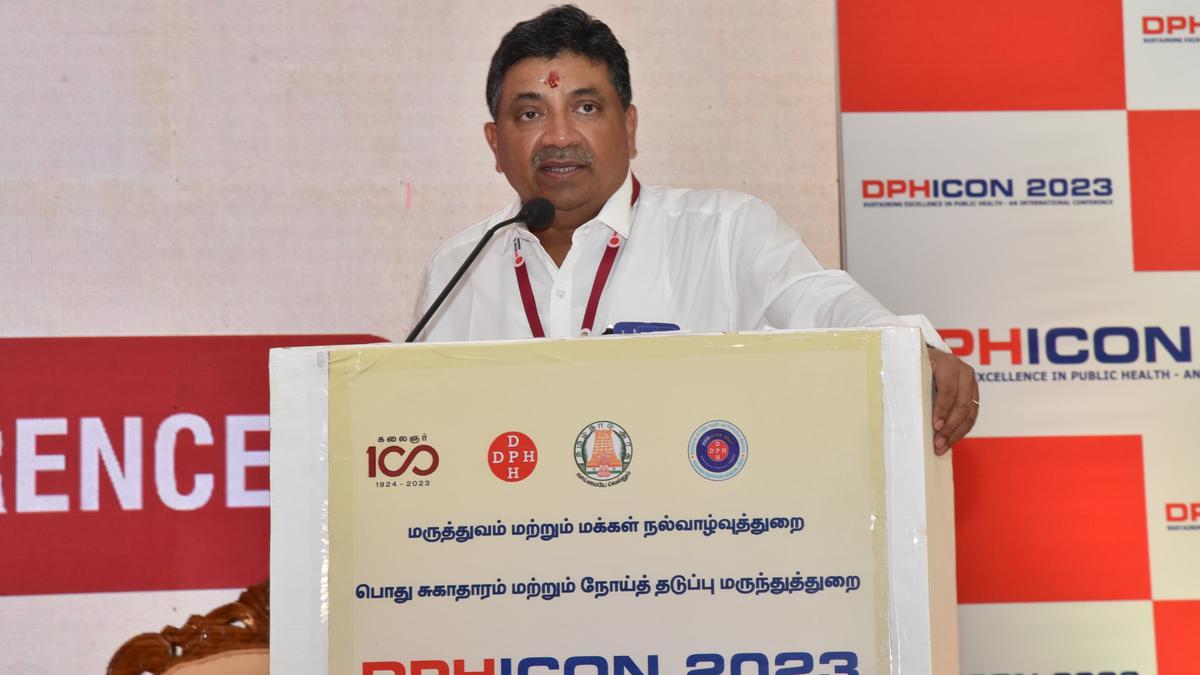
Though Tamil Nadu has excelled in healthcare services, there is still room for improvement
The Hindu
Tamil Nadu has achieved success in medical education and has a better doctor-patient ratio than the rest of India. Minister Palanivel Thiaga Rajan spoke at 'DPHICON 2023' about using tech to improve primary health care. He noted that social justice and access to education had helped the State progress, but there was still room for improvement. During COVID-19, local self-help groups of 4,000 women checked for symptoms door-to-door. Facilities with oxygen, meds and nurses were set up in panchayats. Quality medical care, doctors and meds are essential for public health. Standard design for tertiary care centres, maps, signages and patient info systems must be ensured. Tech and funding must be improved to increase efficiency and access to resources.
Tamil Nadu has excelled in the medical education field and has a far better doctor-patient ratio when compared with the rest of the country. However, there was still room for improvement, said Minister for Information Technology and Digital Services Palanivel Thiaga Rajan here on Friday.
He was speaking at the annual International Public Health Conference ‘DPHICON 2023’ on the topic ‘Financing Primary Health Care / How to use technology effectively in Primary Health Care’.
He said that social justice and equitable access to education had helped the State progress.
After education, Tamil Nadu spent more on health. It had a good primary health network. However, there was still room for improvement. During COVID-19 pandemic, we discovered that we had certain resilience and ability to leverage the existing resources.
In Madurai, there was overcrowding in the Government Rajaji Hospital and it had become an epicentre, he said.
With the help of the local self-help groups of about 4,000 women, particularly in villages, the volunteers went door-to-door to check for symptoms in people.
Five bed to 10 bed facilities were set up in panchayat levels with oxygen, medication and nurses. It greatly reduced the number of people coming to the GRH. Test was taking a long time as the samples were getting batched. We had enough centres but few test machines. We increased the number of test machines through CSR funding, he said.











